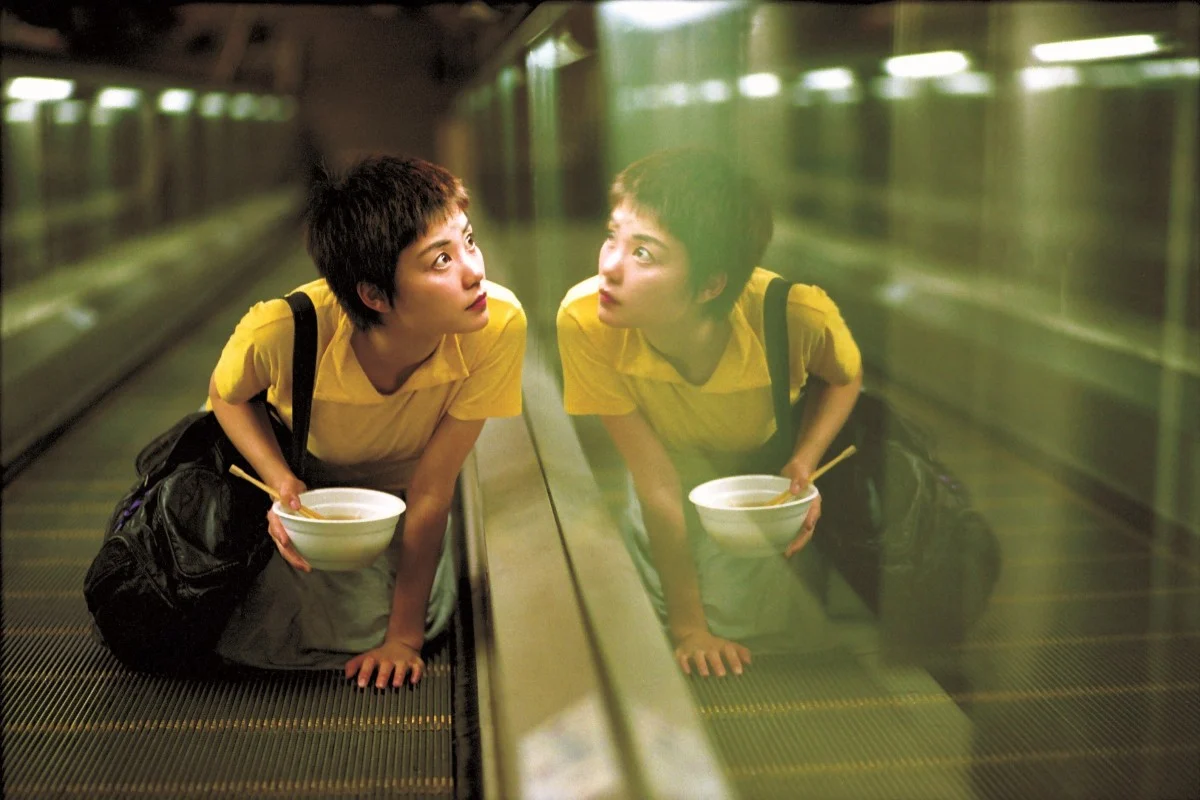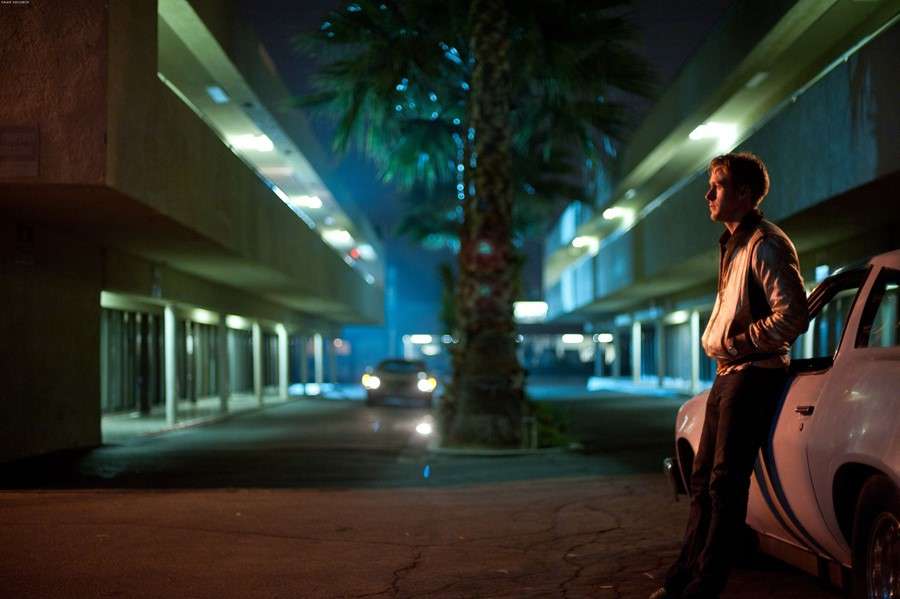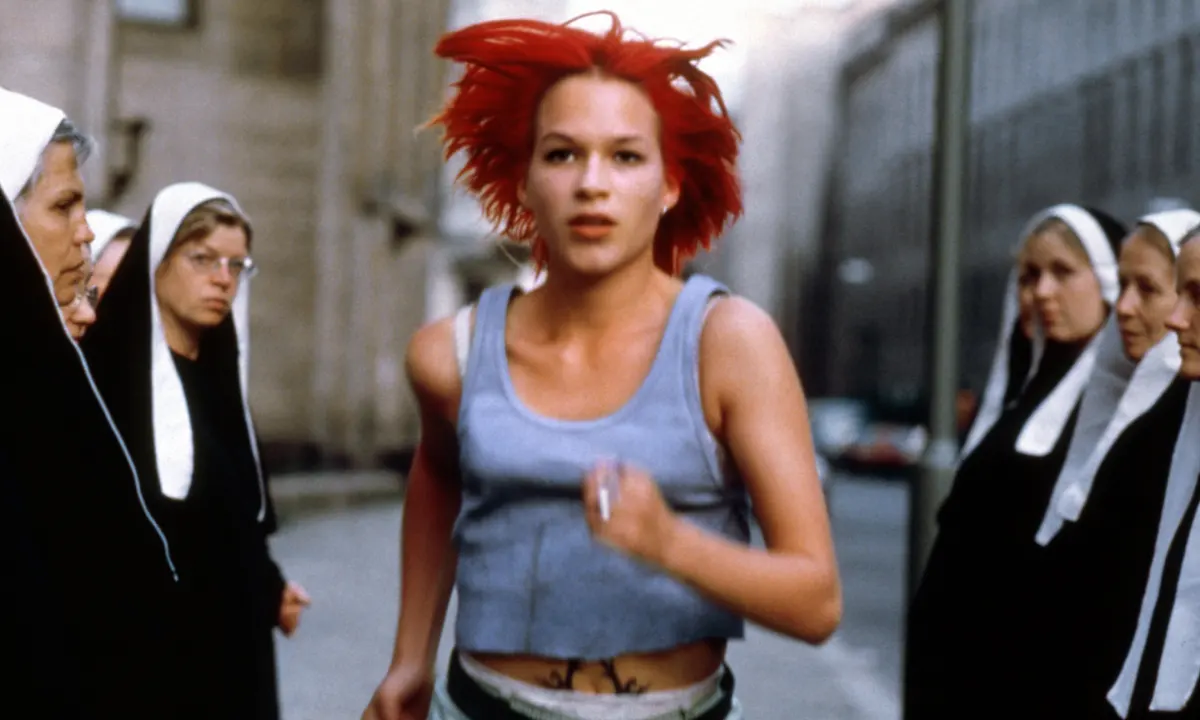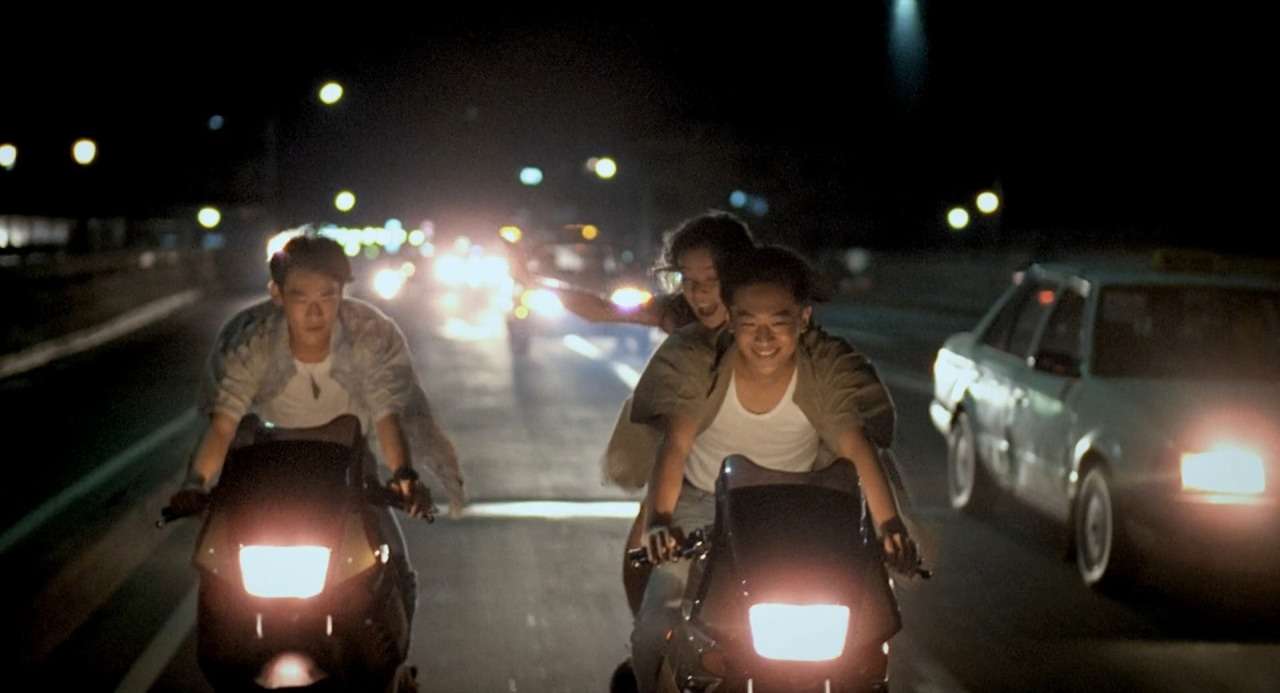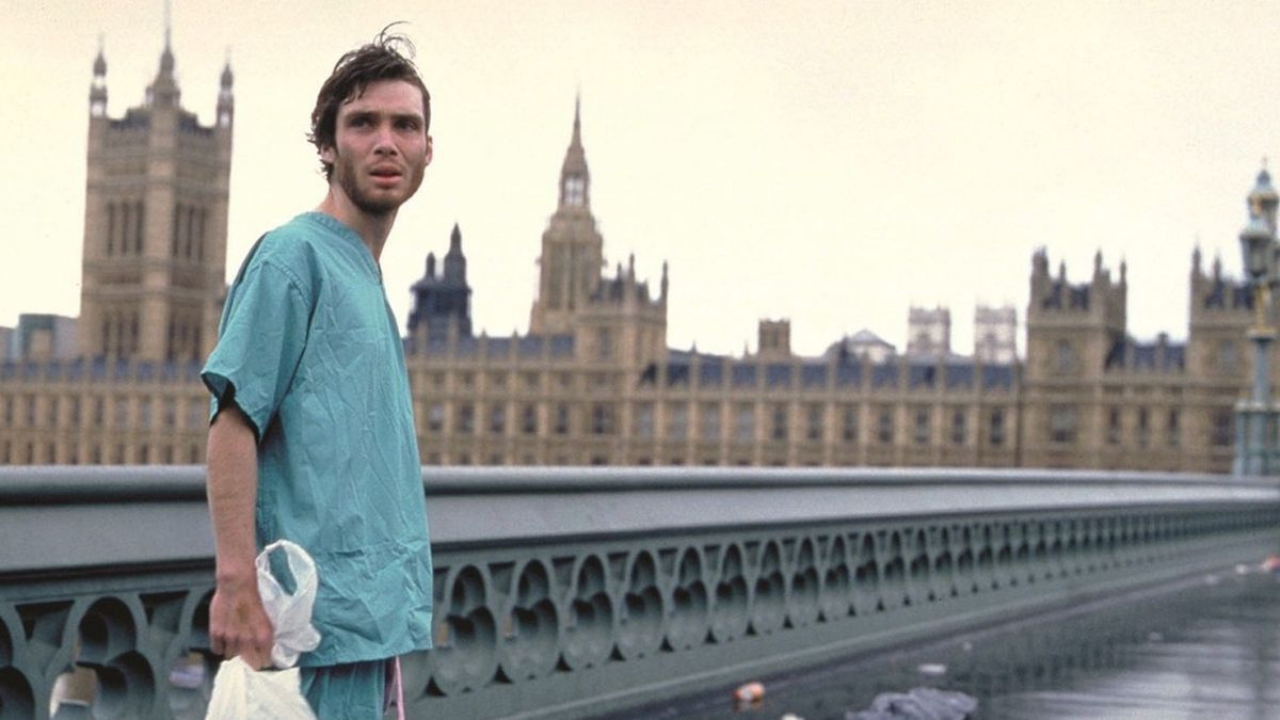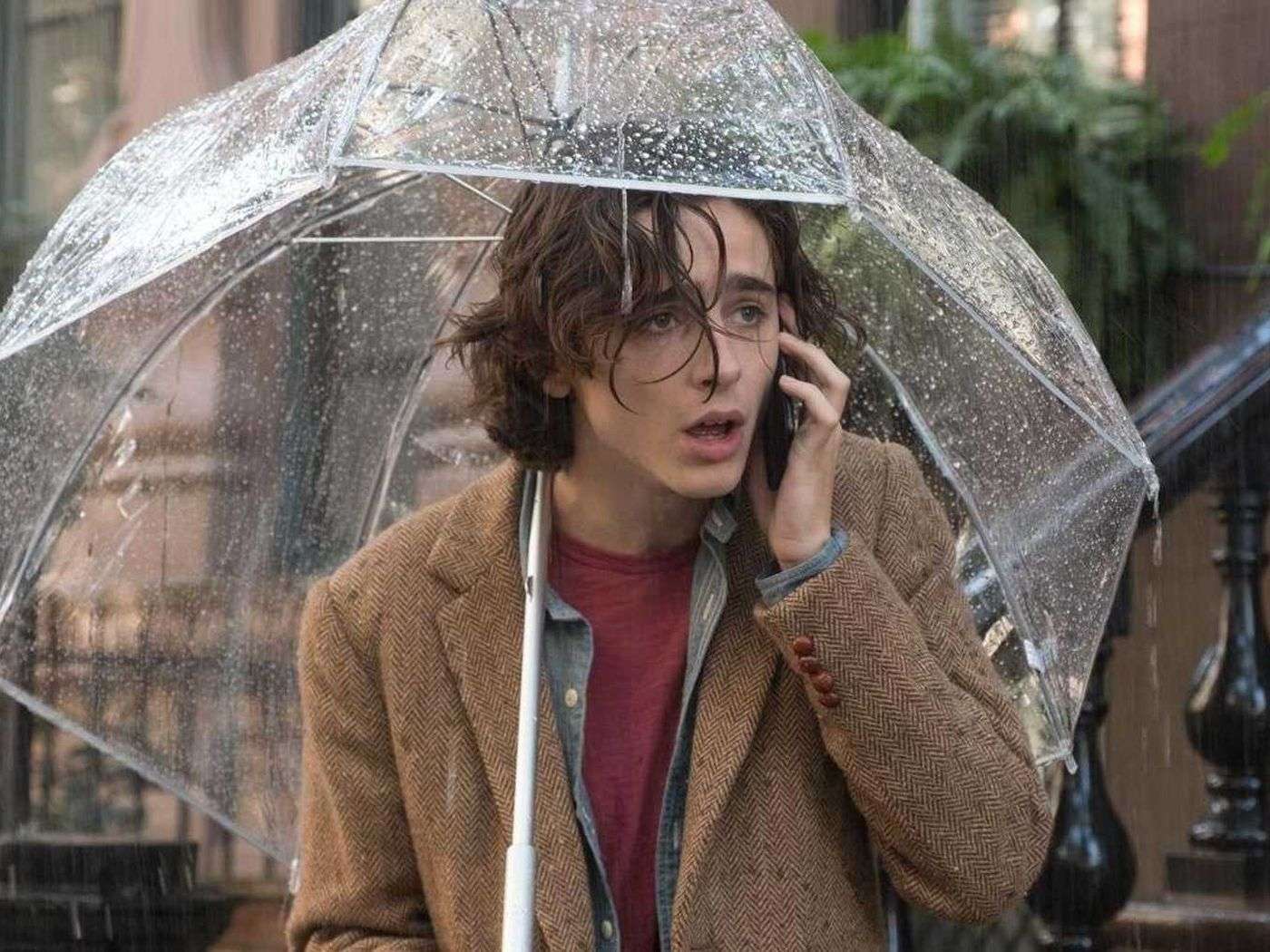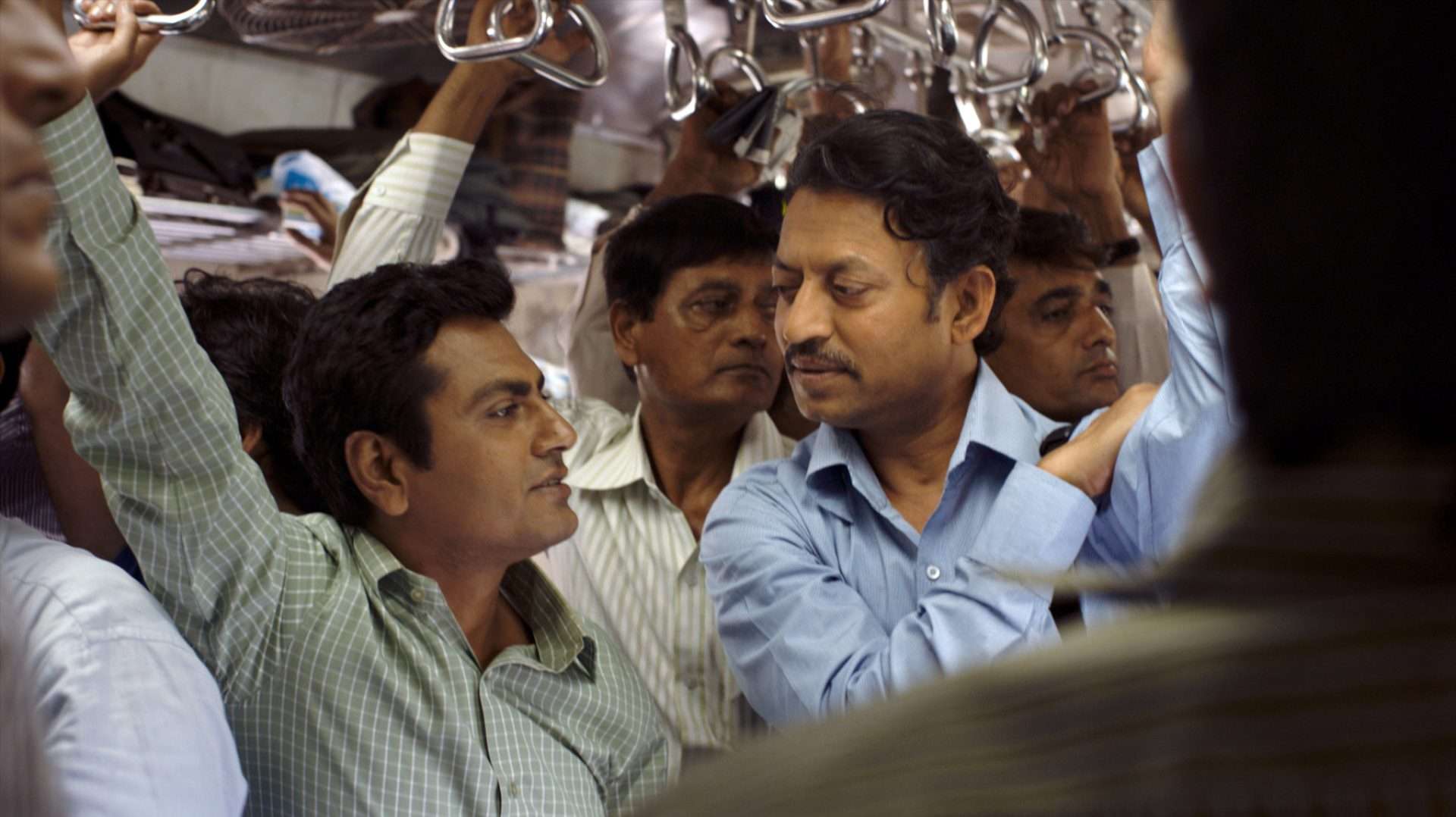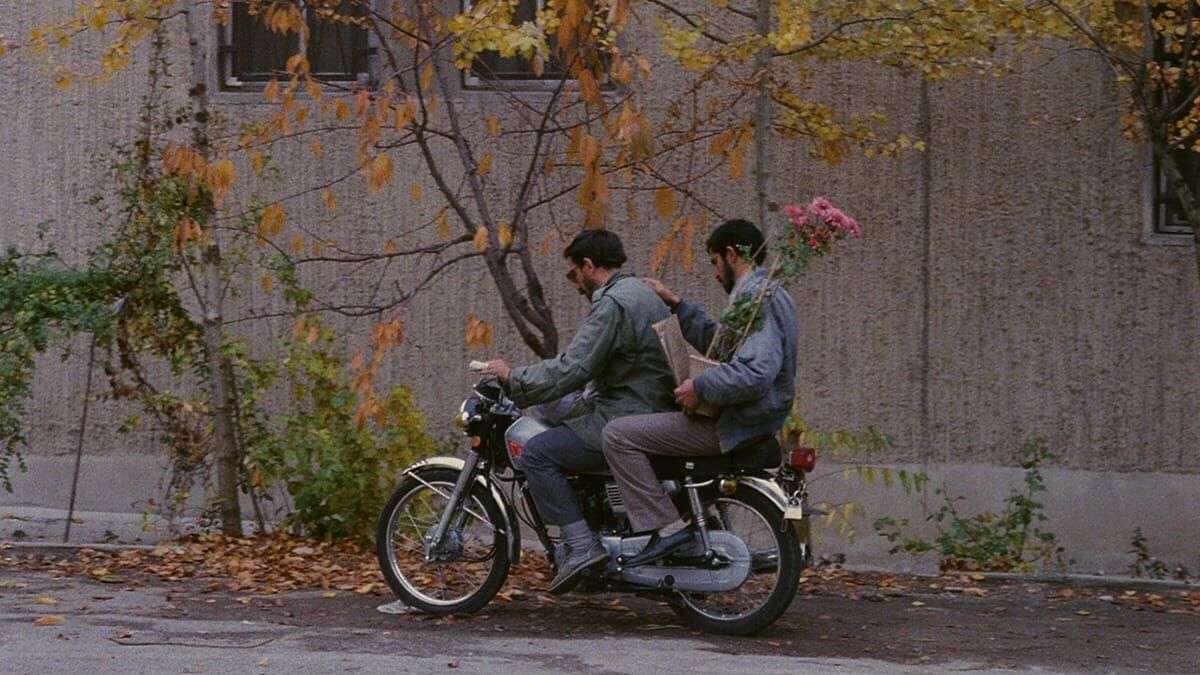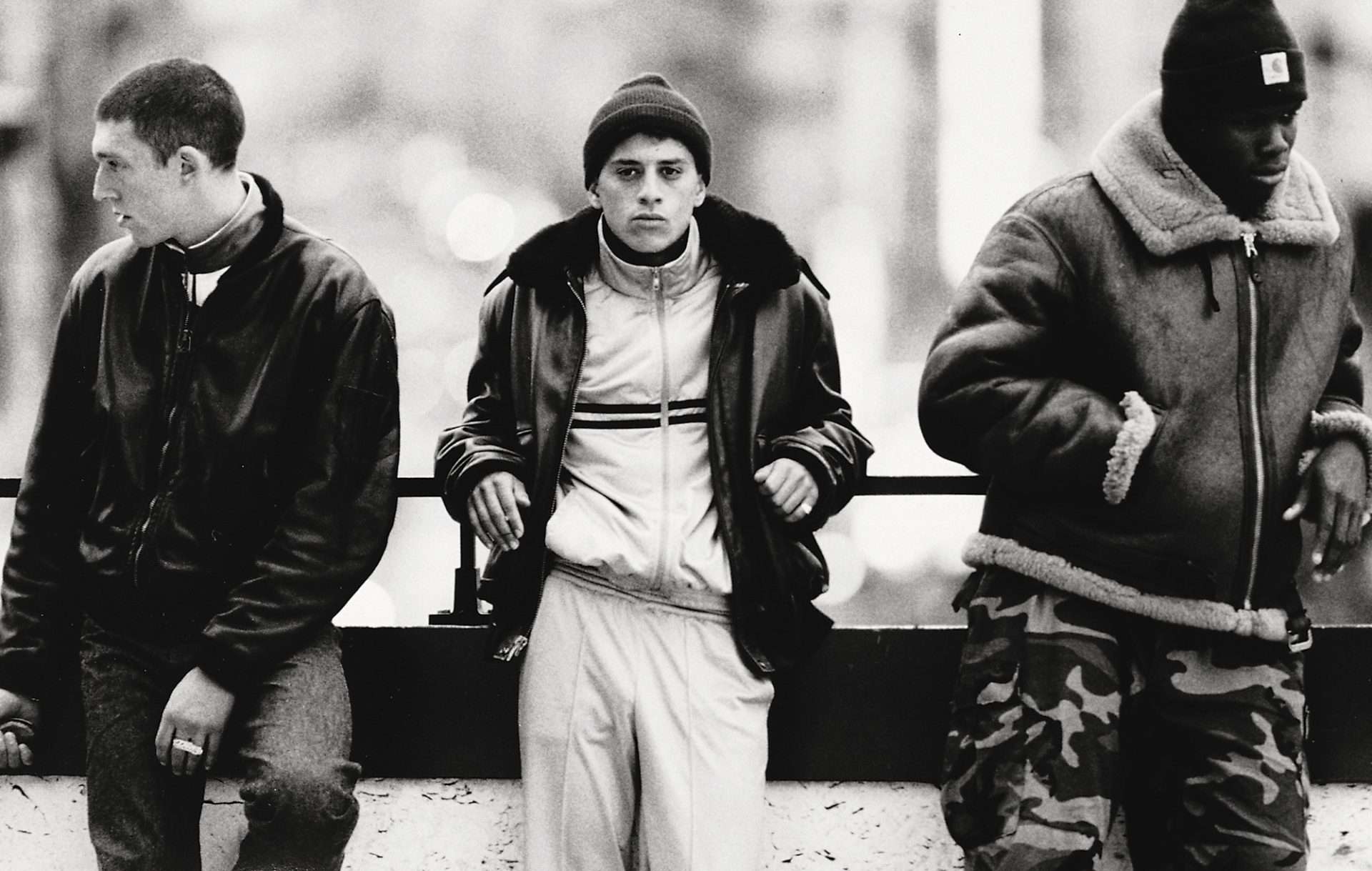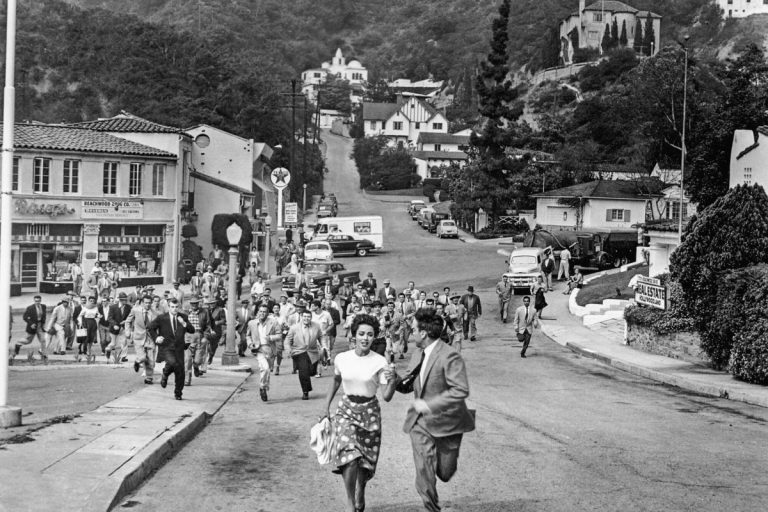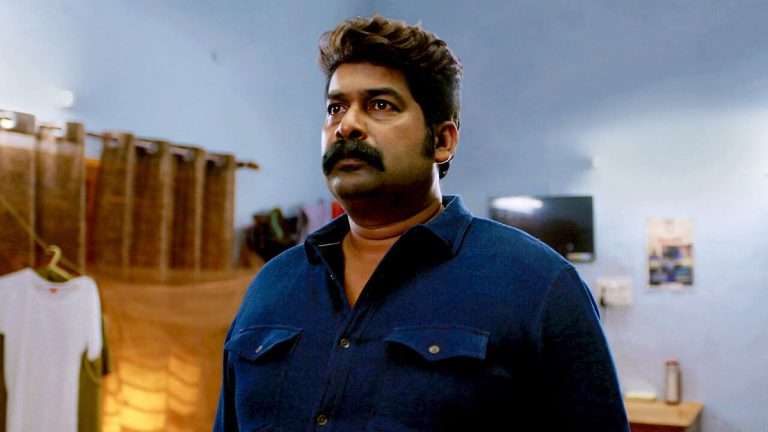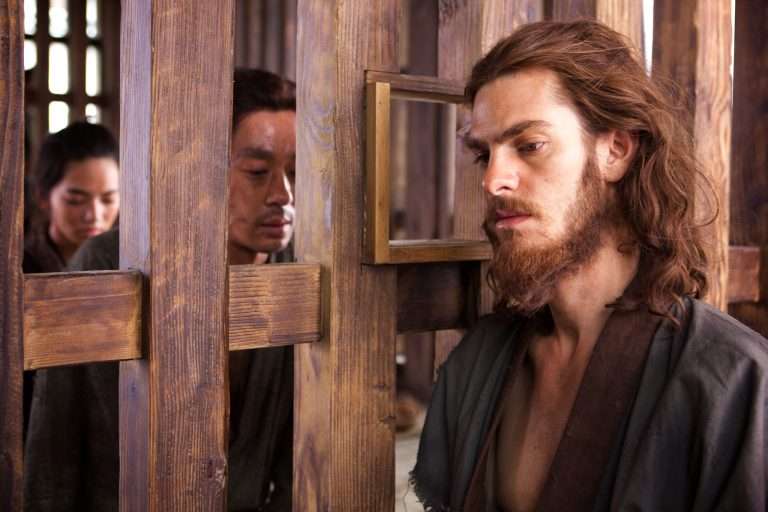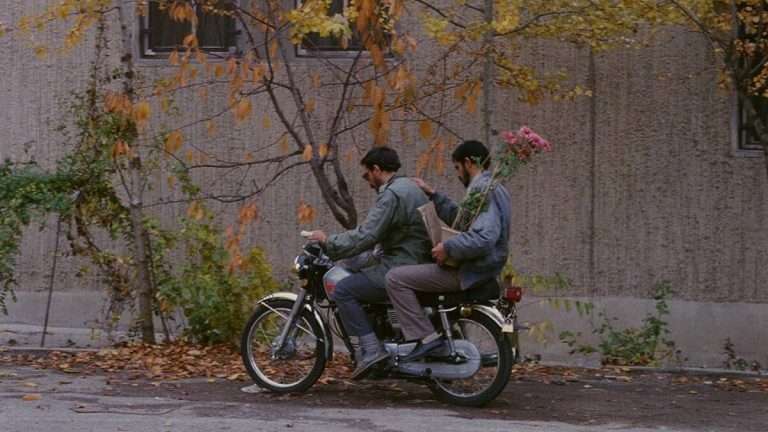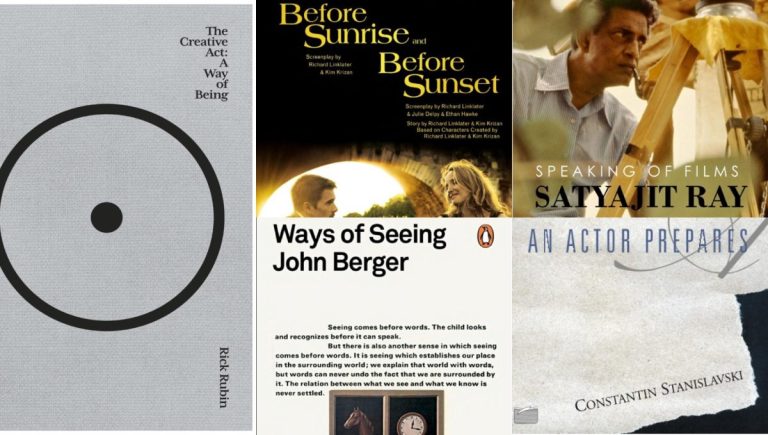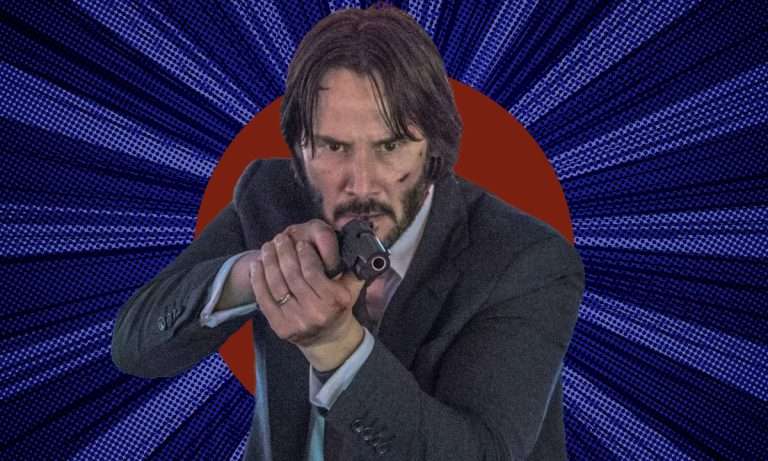The identity of a city connects oneself to the region’s history, lifestyle, culture, demography, economic conditions, etc. Filmmakers have used cities in cinema to complement their characters and plot. The commercial capitals of any country contain the colorful history of political scammers, money launderers, smugglers, gangsters, delinquents, assassins, agents, and criminals that seem larger than life to be true. The realism of homeless contrasts with the fantasy-like lifestyle of the rich, which in itself creates a story.
It is used as a base to express the reality of society through different genres. Cinema and cities have been co-dependent on each other since they became the core industrial landmark for making and releasing films. Cinema has been capturing the change in these cities and towns since then.
Due to globalization, a rise in funds and technological developments enabled cinematographers, set designers, and filmmakers to capture the essence of these cities through their subjective vision and display each city through a distinctive style. Like Paris in Jeane Pierre Jeunet films, Hong Kong in Wong Kar Wai films and Tehran in Majid Majidi films. And we can feel that the Bombay in Rajkumar Hirani’s films is easily distinguishable from the Bombay shown in Mani Ratnam or Mira Nair’s’ films.
1. Hong Kong
Hong Kong Cinema is synonymous with filmmakers like Wong Kar Wai and Fruit Chan. Wong Kar Wai and cinematographer Christopher Doyle have mastered the art of capturing urban isolation amidst the mayhem of a city with a huge working population. Hong Kong Cinema has made the Claustrophobic lanes of high-rise buildings synonymous with the city. The Dutch tilts, neon lights, handheld sequences, and perspective shots are enough to generate a sense of intimacy with the lonely characters. Hong Kong seems like a confusing maze to nowhere. An anxious-inflicting, modern, capitalist factory where rebels, loners, delinquents, gangsters, hustlers, and hoarders live with an anonymous identity.
From the narrow streets of a 60s Hong Kong ‘In the Mood for Love” to the futuristic ‘2046’, Wong Kar Wai showcased a flourishing Hong Kong struggling amidst its transition. The political commentary of ‘Happy Together’ focused on LGBTQ rights in communist China. The loneliness and ambiguity of his characters residing in Hong Kong remain constant throughout all his films. Hong Kong eventually becomes the main protagonist with a personality of its own. Films like Cageman (1992) and Coffin Homes (2021) have a satirical take on Hong Kong’s coffin home system (which is a result of the city’s high cost of living, population, and unemployment).
2. Los Angeles
Los Angeles is often synonymous with glitz and glamour. Millions of people come every year to hustle in the epicenter of Hollywood. Films like Drive, Collateral, and Nightcrawler portray the nightlife with neon lights, the lovely lanes of coconut trees, and a glamorous vibe that even a desolate individual enjoys. At the same time, a deep void of emptiness surrounds the highly ambitious protagonists in movies. The city depicts professionals hustling around with a flashy lifestyle, corporate vultures, corruptible powerful autocrats, assassins, and smugglers who all put on a mask of contentment. Amidst the beautification of an American dream-chasing lifestyle, there is a need for companionship, meaningfulness, and tranquility.
Los Angeles is an ideal location for filmmakers to direct Neo-Noirs. The accentuating hallucinatory illusion of a luxurious life hides the dark mysteries of the famous, rich, and powerful. A city of dreams where only a few of them come true out of the millions. The rich don’t shy away from enjoying a lavish lifestyle on the Hollywood hills. The underprivileged co-exist in one of the biggest economic capitals of the world. Poverty begets evil in the form of gangsters, rookies, smugglers, thieves, criminals, and illegitimate drug dealers. It celebrates celebrity culture, cinema, and theater.
3. Berlin
Ostalgie is a significant part of German Cinema. Ostalgie refers to the nostalgia for the longingness of some East Germans for the socialist life before the Berlin fall. The resentment of the capitalist system of West Germany has led to a false reminiscence of Utopian socialist life in East Germany. East Germany was highly influenced by Russian culture, brands, architecture, fashion, and lifestyle after world war 2. Films like Goodbye Lenin, Kleinruppin Forever, and Tom Tykwer’s Run Lola Run romanticizes Berlin with Vintage vehicles, colors, pop music, furniture, wallpapers, and architecture. Brands like coca cola, Vespa, and burger king signify the arrival of Western ideals in Eastern Europe.
The domination of the grey hue infrastructure of Berlin creates a sharp contrast with the yellow, blue, and red interiors, vehicles, and vintage classics of East Germany nostalgia. But, due to several east german city buildings being abandoned, and only the old generation being left behind reminiscing about the slow life before the fall of the Berlin Wall, Berlin still carries the ghost of the past abandonment and future capitalist dream. Films like Berlin Syndrome cover the parts of the city where people live disconnected from the outside in ghost buildings where someone can easily be kidnapped and forgotten.
4. Taipei
Taipei is the main character of every Edward Yang film and almost every significant new-wave Taiwanese film like Millenium-Mambo, and Rebels of the Neon God. The city adapted itself to the inclination of the local youth towards Western pop culture in the 90s due to globalization. The rebellion of the teen angst, the mundanity of adult relationships, and the innocence of childhood diligence floating amidst a city yet surviving the economic disparities. The new wave cinema of the 80s & 90s prominently depicted the life of the working class. Taiwanese cinema has honestly documented the changes in the economic, social, and political development of Modern Taipei.
New Wave Taiwanese Cinema significantly focused on showing the different family dynamics in the city. A Brighter summer day displays the newly liberated 60s Taipei, where a traditional Taiwanese family tries to survive the underground politics of the Republic of China. The clash of traditional values with the modern lifestyle in an urban family is quite common in Edward Yang’s 90s classics. Italian Neorealism heavily inspires Taiwanese new-wave cinema. Thus, with the progress of Taipei, the filmmakers always pull the audience back to the roots of struggle and reality.
5. London
London’s bleakness synchronizes with the idiosyncrasies’ of its unique characters. It represents the punk rock chaos of Sid and Nancy, the retro vibe of At Clockwork’s Orange, or the post-apocalyptical pathos of 28 days later. London always shines with an individuality of its own and is also a city where many subcultures have originated and co-exist authentically. It is home to classic architectural buildings like Romanesque, Gothic, Victorian, and Baroque. It has maintained its royal minimalism that works through different genres of films, from romcoms like Notting Hill to black comedies like Trainspotting.
Being a land of employment opportunities, immigration in London is increasing every year. Independent films like My Beautiful Laundrette (1985), Rocks (2020), Babylon (1980), and His House (2020) deal with the problems faced by immigrants trying to survive the racism in the city. The classic representation of the rebellious mod subculture of 60s London can be seen in a film like Quadrophenia. London has also been a charming romantic location for cult classics like Notting Hill, Four Weddings, and A Funeral. It is a magnetic dreamland for kids’ films like Paddington and Marry Poppins. But Shaun of the Dead remains a striking oddity as the comical version of 28 Days Later.
6. New York
New York is often the most popular location for mainstream Hollywood romantic comedies like When Harry Met Sally, family adventure films like Home Alone 2, and psychological thrillers like Black Swan. It is a cosmopolitan haven that attracts millions of people around the world. Some are busy climbing the corporate ladder, trying their luck, while others are engaged with their inner nothingness. The existence of cynicism deprives the protagonists of slowing down and enjoying the moment. The white collars are busy hustling for the stock market rates. The city provides extensive job opportunities to make more money. The standard of living is considerably high, and the space for living is smaller.
Thus, the more social and financial capital you make, the easier it is to fall into the trap of greed, pride, envy, lust, and gluttony. Movies like American Psycho and Wall Street portray capitalist greed in high-rise corporates. It is also a haven for iconic gangster films like The Godfather, Mean Streets, Goodfellas, etc. Woody Allen and Noah Baumbach’s films bring out more intellectual, quirky, and modern New York boomers who choose to be modest contemporary creatives. The new indie directors like Larry Clark, Harmony Korine, and Crystal Moselle show the eclectic side of the New York skater subculture.
7. Bombay
Bombay is considered the ‘City of Dreams’ in India. But it is also a city of moral, political, social, and religious contradictions. There was a simultaneous rise of Underworld and Parallel cinema in Bombay during the 80s. Inspired by Italian Neorealism, the new wave directors like Ram Gopal Verma, Mira Nair, Mani Ratnam, and Govind Nihalani started portraying the dark side of Bombay as it was. The communal riots, gangster rivalry, human trafficking, child labor, and poverty are showcased alongside the casual moral bankruptcy of the privileged class. The city represents its people trapped between the old traditions and Pseudo-western fetish.
The double standards and class divide are as clear as the visuals of the Dharavi slums against the high-rise buildings. Bombay is not a city but an institution that teaches life, survival instincts, and worldly wisdom. Maqbool, Salaam Bombay, Bombay, and Satya expose the murkier underbelly of the city that attracts hustlers desperate for survival, power, and money. There is a mundane and majestic celebration of the resilient Mumbai in films like Life in a Metro, Mumbai Meri Jaan, Wake Up Sid, Rangeela, and The Lunchbox. Irrespective of their struggle, the city accepts everyone. Films like Ship of Theseus and Slumdog Millionaire explore a more spiritual side of Mumbai.
8. Tehran
Tehran is a significant filming location for Persian Cinema. Directors like Jafar Panahi, Majid Majidi, and Abbas Kiarostami are renowned for showcasing their stories in the beautiful countryside villages of Iran. Tehran is the financial capital where the working-class protagonist has to shift to earn a livelihood. Like any other capital of a developing country, Tehran has a rough lifestyle compared to the peaceful tranquility of the countryside. Tehran has an old-school vibe of a city struggling between its history and modernization.
The naïve and modest characters in Majid Majidi films find discomfort in adapting to the complexities of the city. Films like Children of Heaven, The Song of Sparrows, The White Balloon, and Close-up lyrically explore the everyday struggles of ordinary people. A brother’s hope to win a pair of shoes for his sister, a husband’s quest for justice, and a father’s will to protect his family all represent people who are the heart of Tehran. Films like Tehran Taboo, Offside, The Circle, and The Salesman display the darker side of Tehran. These films primarily signify the regressive treatment of women in the capital. Tehran Taboo is an animated film that explores three headstrong women’s lives surviving against all the orthodox prejudices.
9. Paris
Paris has always been an inspiration for great artists, poets, designers, writers, and filmmakers who translates its beauty on their canvases. The elegant patchy lanes rhythmically synchronize with the floral vineyards covering the old buildings. It has been subjected to idiosyncratic representations according to the distinctive style of the filmmakers. In Amelie, Jeane Pierre Jeunet romanticizes Paris with his signature green, yellow, and red filter hues, which makes it distant from reality. Kieslowski’s Paris in Blue portrays the solitude, emptiness, and tragedy of the protagonist that accompanies the pathos of the city’s empty lanes.
It is a treasured exotic location for action thrillers like The Bourne Identity, classic musicals like Moulin Rouge, slice-of-life comedy dramas like The Intouchables, and indie romance dramas like Before Sunset. Films like La Haine and The Dreamers are set against the backdrop of political and social outrage in Paris. La Haine and The Intouchables does not shy away from revealing the impoverishment in the interiors of Paris, where huge families are put up in tiny apartments. Ratatouille pays homage to the charm of this City of Love. The Eiffel Tower in Paris often symbolizes manifestation and the beginning of something new in films like Queen and Frances Ha.
10. Rome
Rome has been the eloquent origin of Italian Neo realist Cinema. The city is an ideal getaway for vacationers to take a break from the daily hustle and experience the slow exotic life strolling around on colorful Vespas. Films like The Roman Holiday, The Lizzie Mcguire movie, Eat Pray Love, and To Rome in Love capture the exuberant essence of Rome. Italian cinema and Hollywood have created a lot of films on the history of the Roman empire, like Gladiator, Ben Hur, and Julius Caesar (which have been made several times over different periods).
Neorealist films like The Bicycle Thieves, Shoeshine, and Umberto D. dealt with the struggle of the working class, which inspired the world cinema to take on its legacy through its distinctive style. The great Federico Fellini always flawlessly envisioned the city’s raw beauty and surrealistic aspects. And, of course, who can forget the sensuous visualization of Rome in Paolo Sorrentino’s The Great Beauty. It is also a glamorous location for expensive action thrillers like Oceans 12, Angels and Demons, Jason Bourne, and Spectre. The Talented Mr. Replay impeccably captures the desirability of Rome. Home to iconic luxurious brands like Armani, Prada, and Versace, the captivating characters often radiate charisma with their designer attire.
Read More:
10 Noir Films That Are Under 90 Minutes
Ten Best Western Showdowns
15 Most Complicated Mother-Daughter Relationships in Movies


